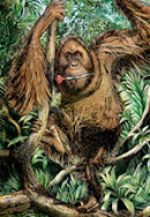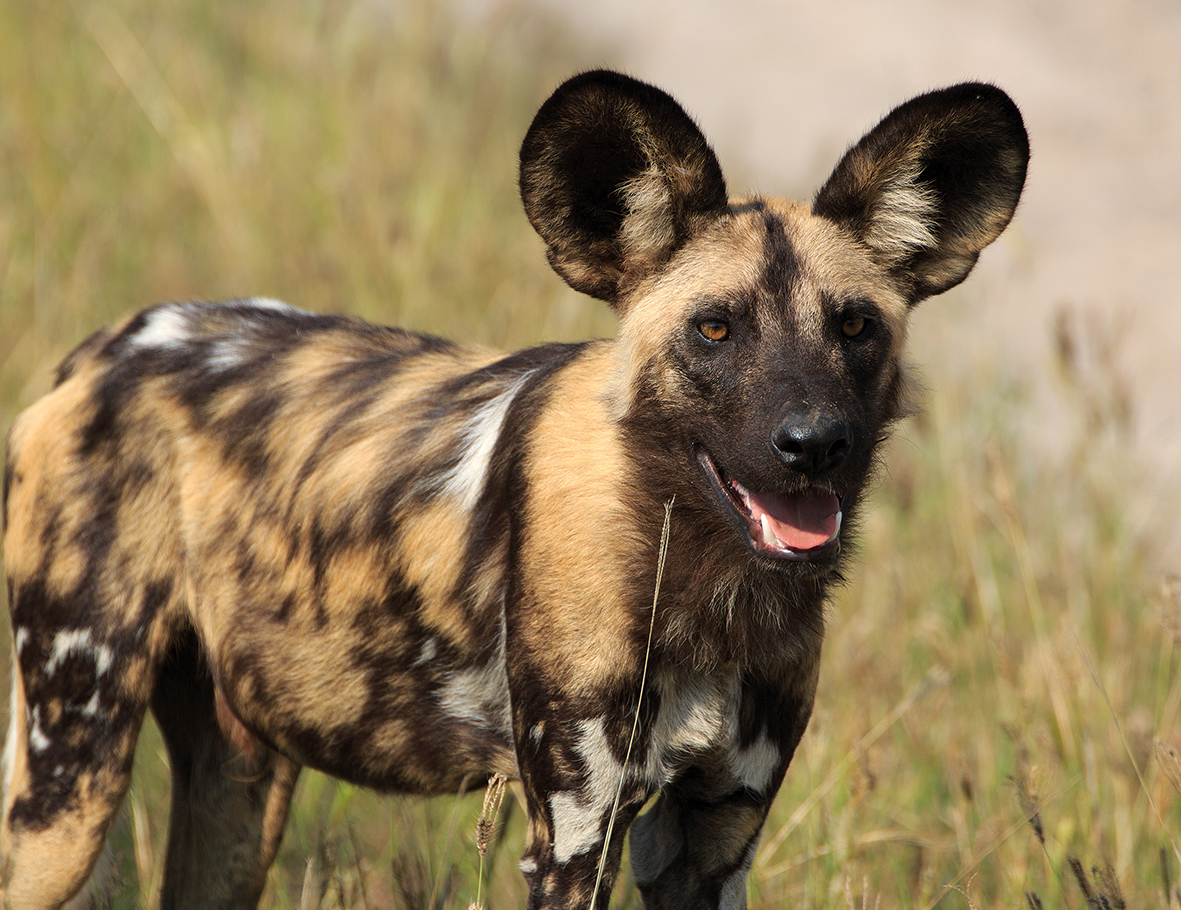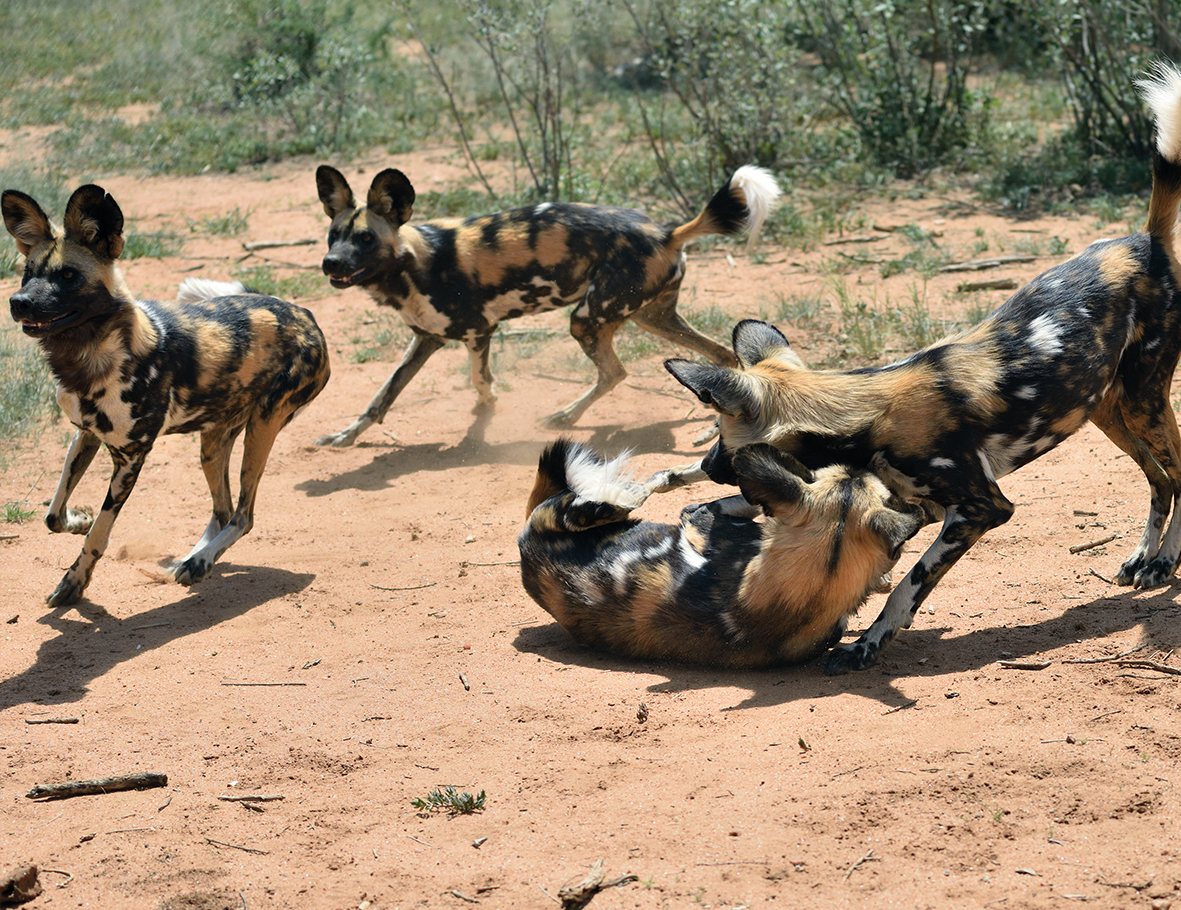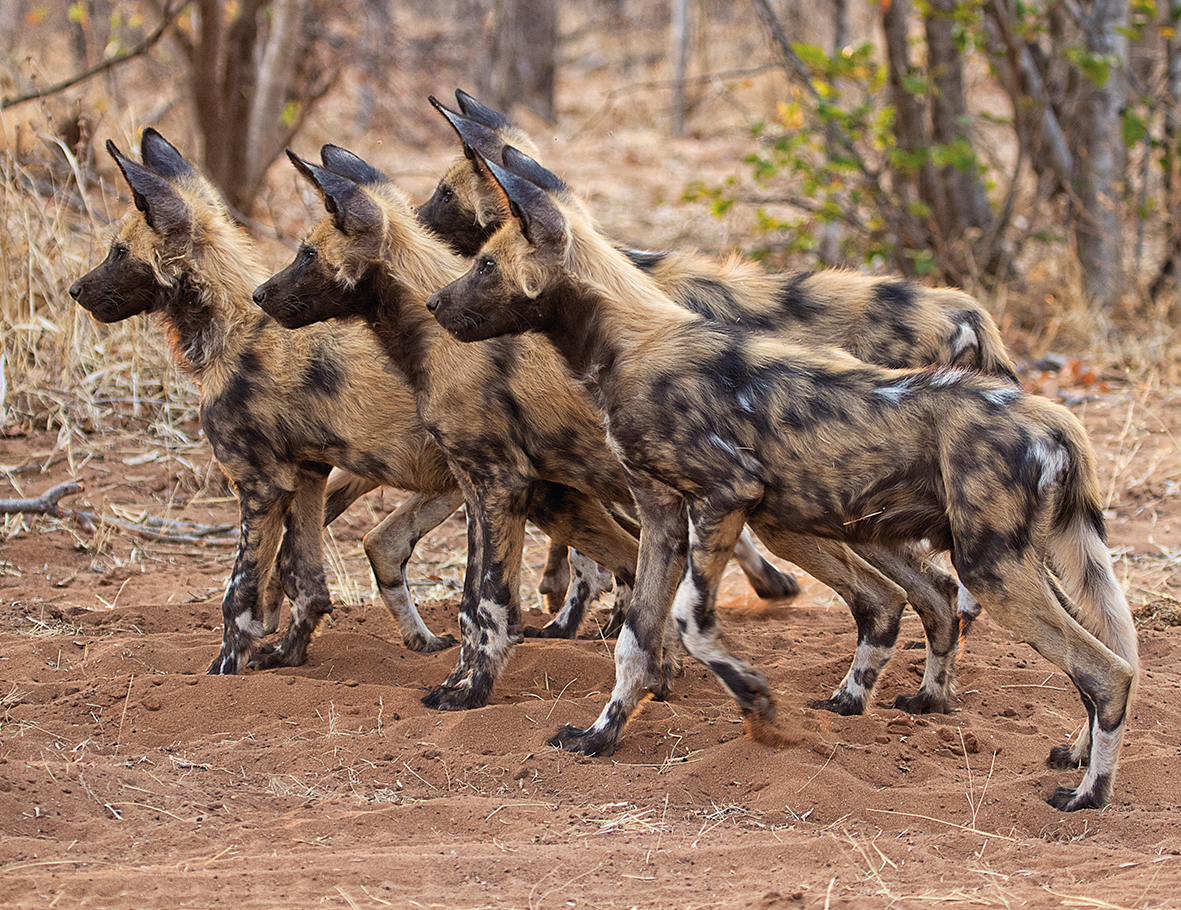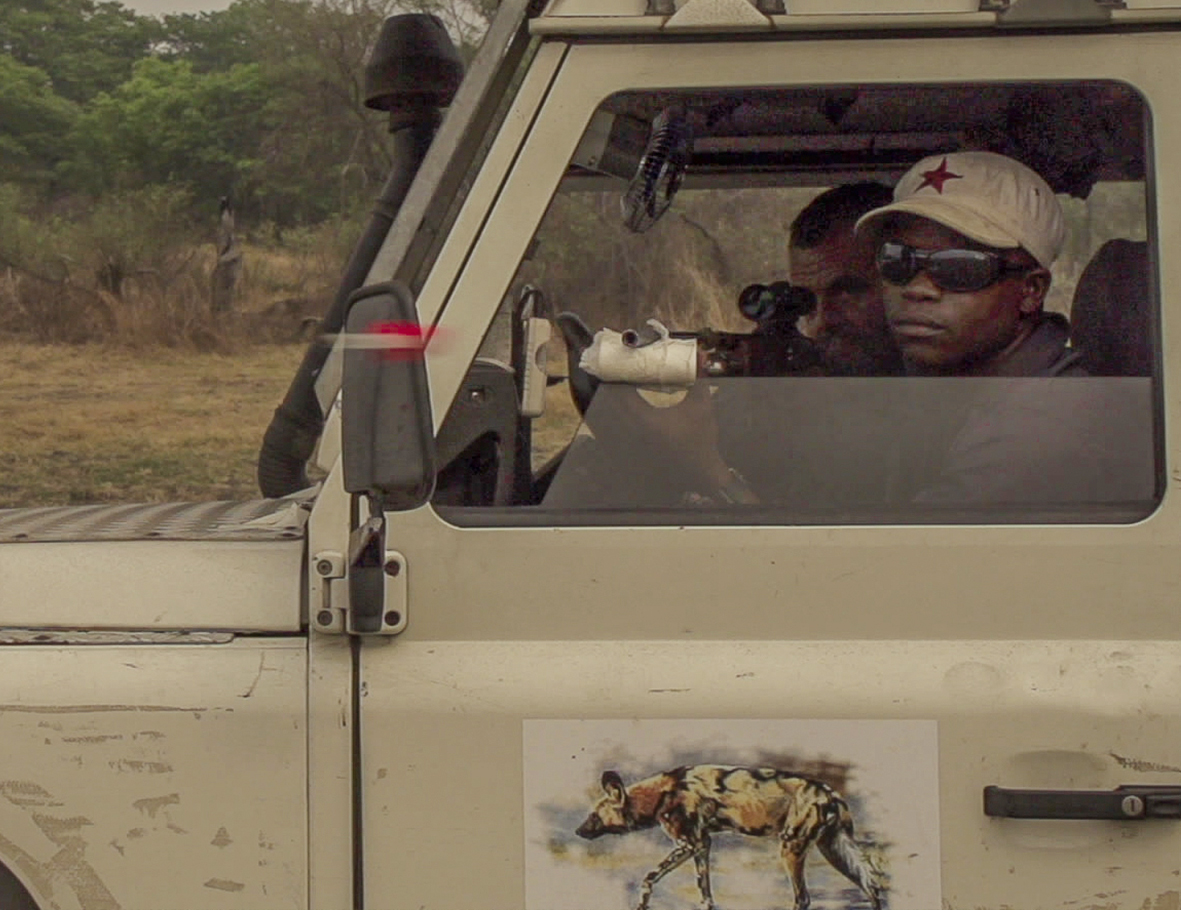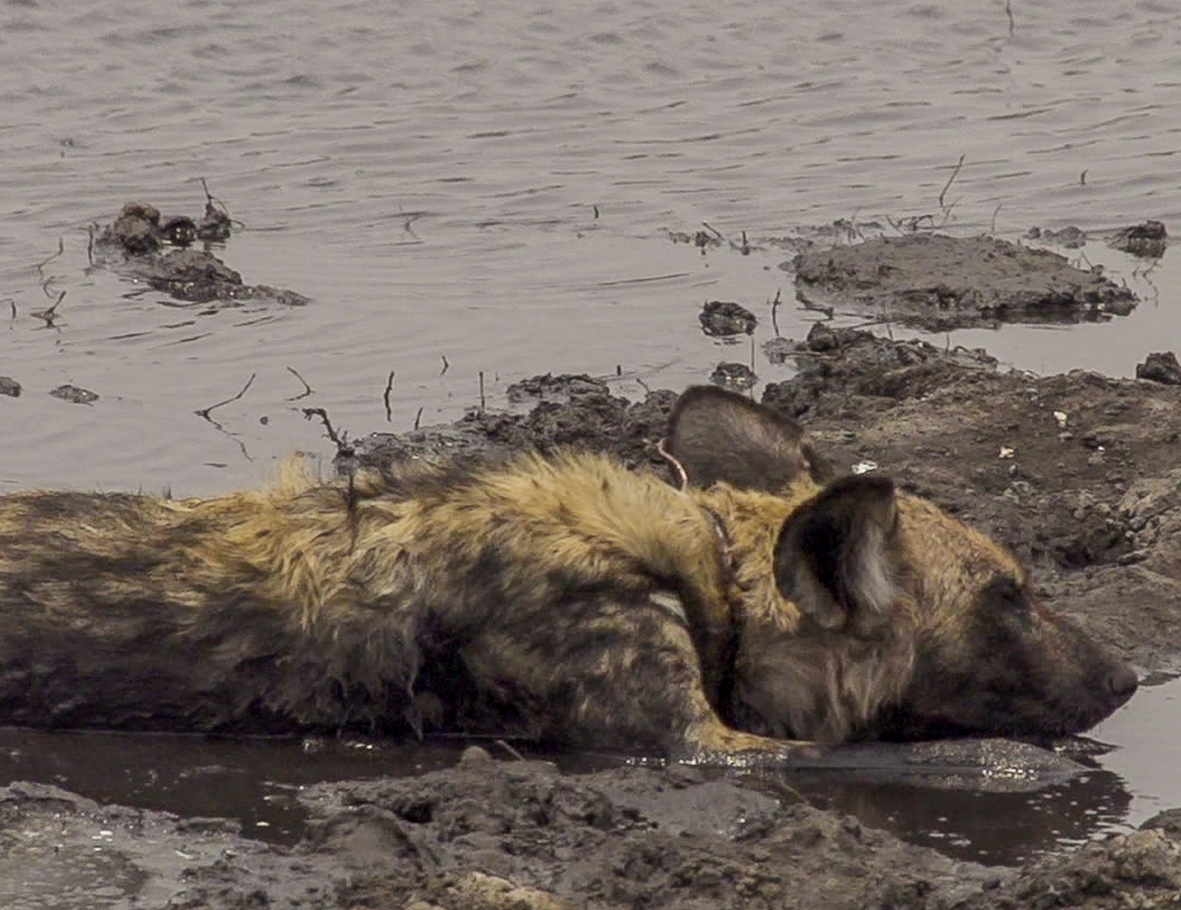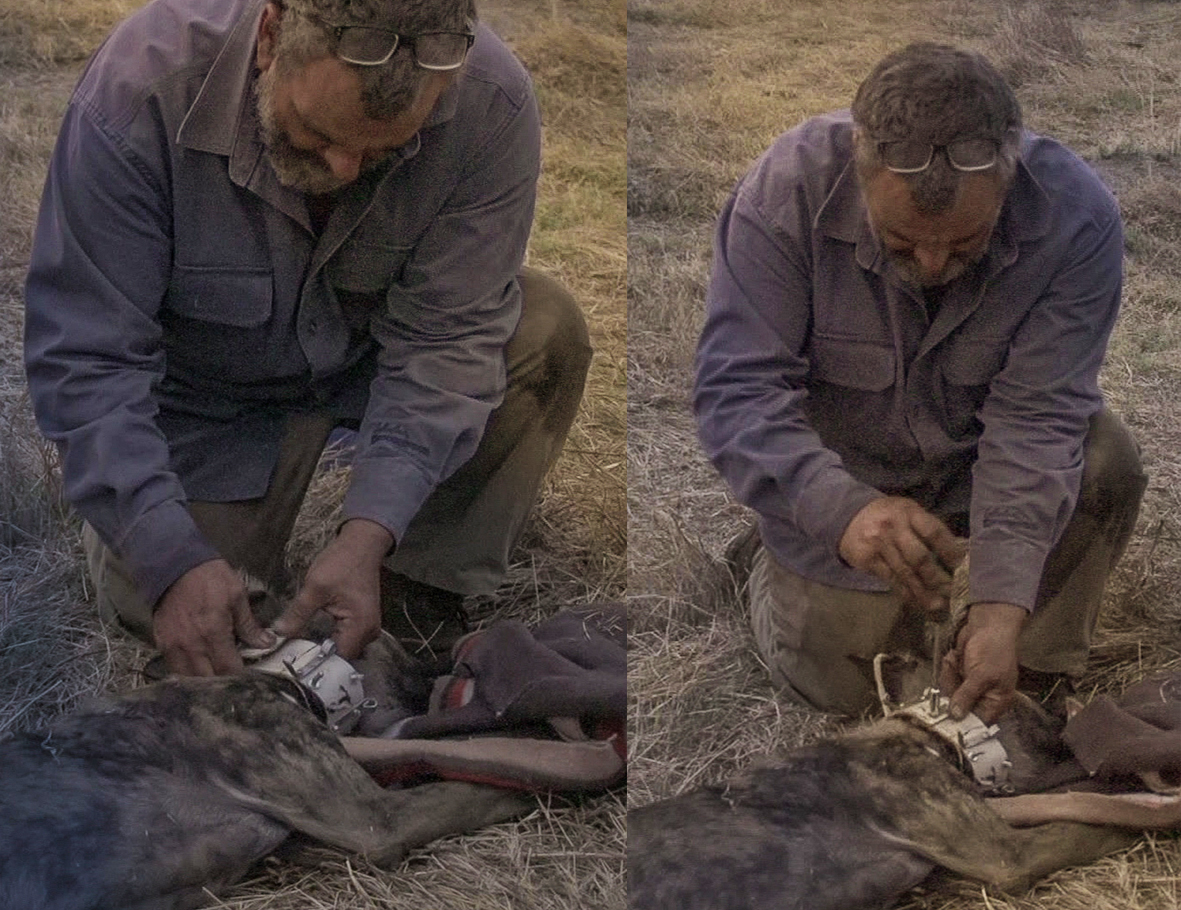The Threatened World of African Wild Dogs
He dedicates his life to the painted dogs, as the wild dogs in Africa are called: Dr. Gregory Rasmussen. He has been fighting for a quarter of a century in Zimbabwe for the protection of this extremely endangered species which is particularly challenged by poachers’ traps. The Akademie supports him in his work.
Prof. Dr. Henning Wiesner and Dr. Julia Gräfin Maltzan had already helped the wildlife biologist more than two decades ago. At that time, the focus was on immobilizing the animals in order to outfit them with radio collars. The data collected with this method was to be used to research the animals’ behavior and migratory routes. Bavarian Broadcasting under the guidance of Udo A. Zimmermann created a thoroughly exciting documentary of the operation.
Meanwhile, the situation of the African wild dogs is still very precarious even though the work of Dr. Greg Rasmussen has led to stopping the deliberate shooting of these animals by farmers. However, poacher’s traps are still a huge problem for the dogs. Although they are actually “only” set for gazelles, wild dogs get caught in the snares, a situation which often threatens the survival of an entire pack.
In 2017 Udo A. Zimmermann visited Greg Rasmussen and reported to the Akademie, which supports his Painted Dog Research Trust Project, about his trip: “Visitors to the project located near Victoria Falls will have a difficult time finding it. Sizinda is off the main roads and consists of only a few small groups of African round huts – and the project station. This time a tour operator reported observing a wild dog in a snare. It took until after sunset to locate the animal and to immobilize it using a dart gun. The wire of the snare had cut deeply into the flesh and without help, the injury would have led to certain death. Because the trachea was also injured, Greg phoned a veterinarian friend for advice before starting treatment. He was ultimately able to treat the animal, remove the snare and attach a radio collar. Naturally, the night was spent in the bush in order to further monitor the wild dog and its pack. The sleeping arrangements included a kind of bivouac sack on the ground but in an emergency, when there are too many scorpions at the site, you can also sleep on the roof. Not only the daily tracking, but the nightly background music – the nearby “snickering” of the hyenas, the distant roar of a lion – are important experiences for the students. Greg spent many years of his own life in a similar way.
The next day, it took a long time to find the wild dog, but the search was finally successful. It was in good shape and had apparently weathered the operation well. This is one more wild dog which owes its life to Greg’s work.” ■
